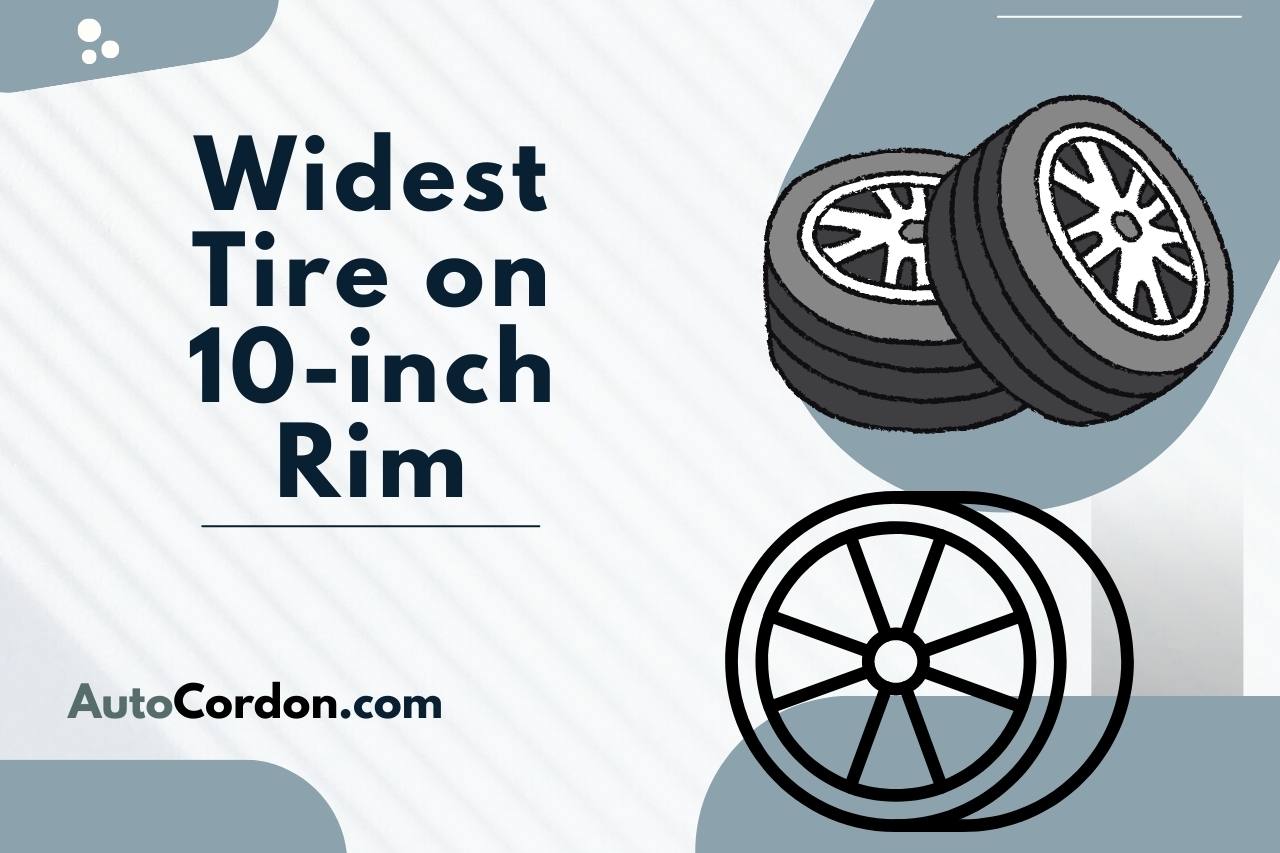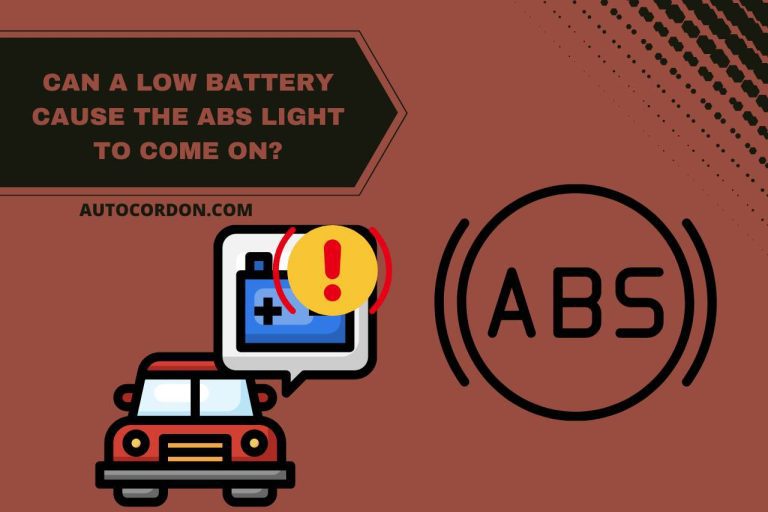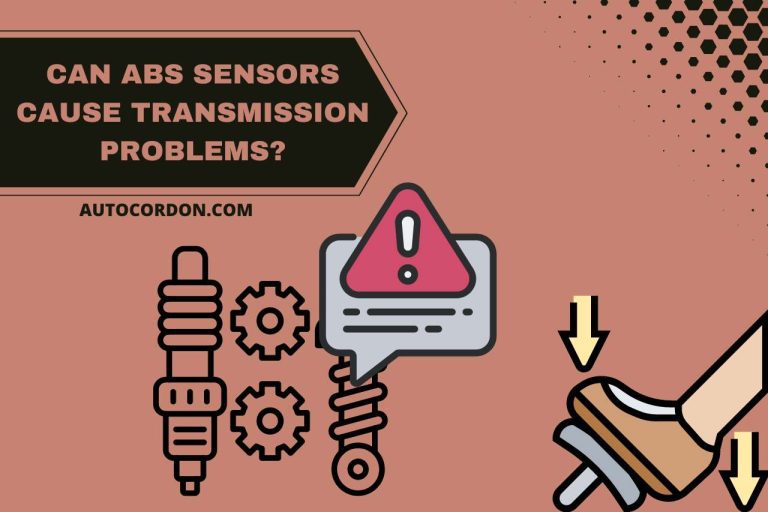Widest Tire On 10-inch Rim – Maximizing Traction!
We have what you need, whether you’re looking for unsurpassed grip on the track, unmatched beauty on the street, or the ideal harmony of form and function. This article is more than just a list of technical details and fitment diagrams for tires. It is a source of inspiration and a gathering place for enthusiasts who share your fervent desire to improve every facet of the driving experience. We’re here to pique your interest and feed your automotive fantasies, with in-depth articles that deconstruct the science behind tire width and rim compatibility and jaw-dropping pictures and movies that show off the breathtaking beauty of a well-matched setup.
Why would Someone Want to Fit the Wildest Tire Possible?
- Wider tires have more of the road surface in contact with them, which results in more traction and grip. High-performance cars, racing applications, and driving in difficult situations like slick roads or tight curves can all benefit from this.
- When doing intense driving maneuvers, wider tires can increase stability and improve handling. They can improve cornering performance, lessen body roll, and give the steering a more responsive feel.
- Your vehicle may appear more muscular and aggressive with bigger tires. Wider tire setups can give a car a more grounded, commanding appearance, which is something many auto fans appreciate.
- Some motorists are fervent about customizing their cars to make them stand out from the crowd. Wider tires can be added as part of a bigger customization project to give the vehicle a distinctive and individual appearance.
- Wider tires can be a component of a comprehensive performance upgrade plan for drivers who enjoy racing and other high-performance activities. Wider tires can help a vehicle perform to its full potential when combined with other improvements like improved suspension and brakes.
- Additionally, wider tires might make it possible to install larger brake components, which would enhance braking efficiency and heat dissipation during intense driving.
- Wider tires may be advantageous on different surfaces depending on the type of driving you perform. They can increase your vehicle’s adaptability by offering higher traction on icy, snowy, or off-road surfaces.
What’s the Wildest Tire On 10-inch Rim?
Depending on the particular vehicle, intended use, and personal tastes, the “wildest” tire that will fit on a 10-inch rim may differ.
In order to allow a wider width, extreme tire fitments typically involve stretching the tire sidewalls over the rim.
Changes in handling, performance, and even safety considerations may result from this.
Remember that due to potential dangers, tire manufacturers or automotive specialists may not advise mounting exceptionally broad tires on a narrow rim.
Consult with experts who are knowledgeable about tire and rim compatibility if you’re interested in pushing the limits of tire fitment to make sure the setup is still secure and suitable for the application you have in mind.
Additionally, local laws and regulations may limit how far you may take tire modifications, so do your study and abide by any applicable ones in your region.
What is the Best Tire Size for 10-inch Rim?
The kind of vehicle, intended use, performance objectives, and personal preferences all play a role in determining the optimal tire size for a 10-inch rim.
It’s critical to select a tire size that strikes the right mix between safety, performance, handling, and appearance. You may make an informed choice by seeking advice from experts in tire fitting or by using online tire size calculators.
- The 205/40R17 size provides a comfortable ride while maintaining adequate traction. It has a somewhat extended appearance on a 10-inch rim and is frequently selected for sporty compact cars.
- 225/35R18 a common wider tire size for improving cornering performance and grip. It is frequently used for performance-oriented automobiles and can give the rim an even more aggressive appearance.
- The 235/30R20 size offers a balance of performance and style and is frequently used for larger wheels. It can appear more substantial and is wider than the preceding choices.
- 255/30R20 This size can work for your car if you want a broader stance and the best grip possible. It’s crucial to check for sufficient clearance to prevent rubbing on the fenders or suspension parts.
- The tire size 275/25R20 is quite broad and frequently found on fast cars with strong motors. It can offer outstanding traction, but clearance and handling characteristics may need to be carefully considered.
How to Choose the Right Tire Width for 10-inch Rim?
- To learn the suggested tire sizes for your particular make and model, start by consulting the owner’s manual for your car or getting in touch with the manufacturer. Manufacturers frequently offer a selection of legal tire sizes that complement the suspension and handling qualities of your car.
- Establish your vehicle usage strategy. Are you searching for all-season adaptability, improved cornering grip, or a combination of the two? Variations in tire width can result in varied degrees of performance, handling, and grip.
- Usually, a 10-inch rim can handle a variety of tire widths. For a specific rim size, tire manufacturers typically offer standards for the allowable range of widths. Usually, the tire sidewall or the manufacturer’s website will include this information.
- The second number in a tire size, such as 225/45R17, is the aspect ratio. It displays the sidewall’s height as a proportion of the tire’s width. A higher aspect ratio can provide a more comfortable ride while a lower aspect ratio gives you a wider tire and can improve cornering performance.
- Take into account the space that is available in the wheel well of your car. Although a wider tire may have more grip, it also increases the chance that it will rub against the fenders or suspension parts, especially when turning or going over bumps. Make sure the tire width you choose won’t jeopardize safety or damage anything.

How Do you Measure Rim Width and Tire Size?
The standard method for determining rim width is to measure it from the interior of one bead seat—where the tire rests on the rim—to the interior of the other bead seat.
Inches are a common unit of measurement for this size. For instance, to find the rim width for a rim with a 10-inch diameter, measure the space between the bead seats across the interior of the rim.
Numbers and letters are used to represent tire sizes. As an illustration, using the format “225/50R17”
Numbers and letters are used to represent tire sizes. As an illustration, using the format “225/50R17”
- 225 This is the tire’s nominal width, measured in millimeters, when it is mounted, correctly inflated, and placed on the suggested rim size. It is the distance between the sidewalls at their broadest point.
- 50 This is the aspect ratio, which expresses the sidewall height of the tire as a proportion of its width. The sidewall height in this instance is equal to half the width of the tire.
- R This shows that the tire is made of radial technology, which is currently the most popular style of tire manufacturing.
- 17 This number indicates the rim’s inch-wide diameter. It refers to the size of the wheel that the tire will be put on.
It’s essential to take the required tire size for the rim diameter into account when choosing tires. For the range of allowable tire widths that can be installed securely on a particular rim width, tire manufacturers frequently issue guidelines.
FAQ
Will 305 Tires Fit 10-inch Rim?
The performance and safety of the tire can be jeopardized by mounting a tire that is much wider than the advised rim width.
The breadth of the tire on a thinner rim may not be adequately supported by the tire sidewalls, which could cause handling problems, decreased stability, and possibly tire bead damage.
The contact patch of a tire with the road can be impacted by overstretching it over a narrower rim, changing its intended shape and possibly degrading its handling capabilities. It may affect traction, grip, and cornering performance as well.
Even though some fans prefer a wider stance for aesthetic reasons, overstretching a tire to accommodate a smaller rim might result in an uneven and bulging sidewall appearance, which may not produce the desired image.
Do Wider Tires Ride Better?
Better ride quality is not always a given with wider tires. Tire design, sidewall height, tread design, suspension configuration, and road conditions are just a few of the variables that affect how a car rides.
Wider tires may provide certain benefits, but there may also be drawbacks that could reduce ride comfort.
Will a 295-tire fit on a 10-inch rim?
Typically, a 295 tire is made for rims that are wider than 10 inches. It can damage handling, stability, and safety to mount a tire that is much wider than the advised rim width.
The intended form of the tire can change, impacting its contact patch with the road, if a tire is mounted with a width that is significantly greater than the rim width.
This may lead to uneven wear, worse handling, and a general loss of grip.
There may be an improper fit between the tire’s bead seat area and the rim’s width, which could make mounting and balancing the tire challenging.
Additionally, there is a chance that it will harm the tire bead, posing a safety issue.
Watch this one,
Video Credits – Fitment Industries Garage
You May Also Like

Madusha is a writer for Autocordon.com and a seasoned mechanic with a profound passion for all things automotive, particularly the intricate world of vehicle transmissions. With years of hands-on experience in the garage, Madusha’s expertise extends from routine maintenance to complex repair solutions. In the bustling auto repair community, Madusha is known not only for precision and skill but also for an enthusiast’s zeal for cars that transcends the workshop.







